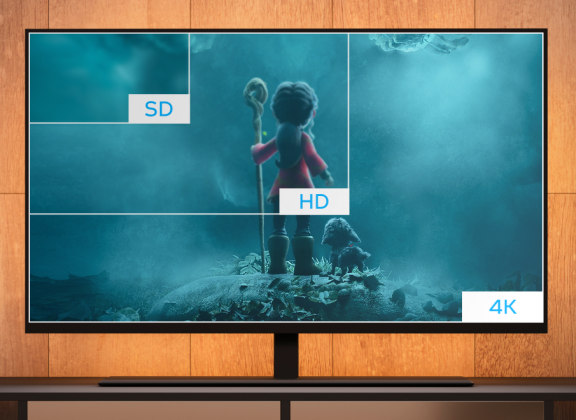The way we consume video has evolved dramatically. Viewers expect flawless playback, sharp visuals, and zero interruptions—whether they’re watching live sports or binge-watching a favorite series. Yet, internet connections remain unpredictable, often fluctuating in speed and stability. For IPTV users, this can mean the difference between an enjoyable evening and endless buffering screens.
The solution? Adaptive bitrate streaming—a technology designed to balance picture quality with available bandwidth in real time. Understanding how it works, and why it matters for your IPTV setup, can transform the way you experience streaming.
What Is Adaptive Bitrate Streaming?
Unlike fixed bitrate streaming, which locks your video to one quality level regardless of network performance, adaptive bitrate streaming (ABR) constantly monitors your internet speed and adjusts video quality on the fly. Imagine watching your favorite movie in 4K on your IPTV box. Suddenly, someone in your household starts downloading large files. Normally, this would result in buffering or a frozen screen. With adaptive bitrate, the system detects the reduced bandwidth and lowers the resolution smoothly—maybe to 720p—so playback continues without interruption. As soon as the connection stabilizes, the quality jumps back up automatically.
This dynamic adjustment happens within fractions of a second, meaning you barely notice the transition. It’s seamless, efficient, and built for real-world network conditions.
The Hidden Power of Playlists
At the heart of adaptive streaming is something called an adaptive playlist. Typically implemented through HLS (HTTP Live Streaming) or MPEG-DASH, these playlists don’t just point to a single video file. Instead, they contain multiple versions of the same content, each encoded at different resolutions and bitrates.
When your IPTV device starts a stream, it doesn’t commit to one version. It selects the most suitable option based on current bandwidth, then continues to monitor conditions throughout playback. If your internet speed changes, the device instantly switches to another stream from the playlist.
For live IPTV channels, where buffering can ruin the moment, this adaptability is crucial. It’s equally important for on-demand content when streaming across various networks—from high-speed fiber to mobile data.
Benefits Beyond the Viewer
The obvious winner here is the viewer: uninterrupted streaming, no need to manually choose quality settings, and optimized performance even during peak internet usage. However, adaptive bitrate also benefits service providers. High-resolution video consumes massive amounts of bandwidth, and delivering it unnecessarily can overload servers and networks. By streaming content intelligently, providers reduce wasted capacity and lower their CDN costs. It’s an efficiency upgrade for everyone involved.
Why IPTV Devices Are Ready for It
Modern IPTV set-top boxes and media players are designed to handle adaptive streaming protocols like HLS and MPEG-DASH. These devices come with optimized processors and video decoders that ensure smooth transitions between resolutions without freezing or pixelation.
Some advanced players even let users tweak preferences: you can prioritize top picture quality if you have a stable connection, or set a maximum resolution to save mobile data. The combination of smart software and capable hardware means that dynamic switching feels effortless.
The Future Is Adaptive
The era of one-size-fits-all streaming is over. Internet conditions are too varied, and viewer expectations too high, for static quality settings to suffice. Adaptive bitrate streaming is now the standard—not a luxury—for any IPTV experience. It’s the reason premium services deliver such smooth performance, and why your IPTV box should support it. For anyone investing in an IPTV setup today, adaptability isn’t optional—it’s essential. As the demand for ultra-HD and low-latency content grows, only systems equipped with adaptive bitrate will keep pace with consumer expectations.
Adaptive bitrate streaming bridges the gap between quality and reliability. By intelligently adjusting video streams in real time, it delivers what viewers truly want: smooth, uninterrupted entertainment. For IPTV users, this means more enjoyment and less frustration. For providers, it means efficiency and cost control. In short, adaptive bitrate isn’t just a feature—it’s the backbone of modern streaming.
